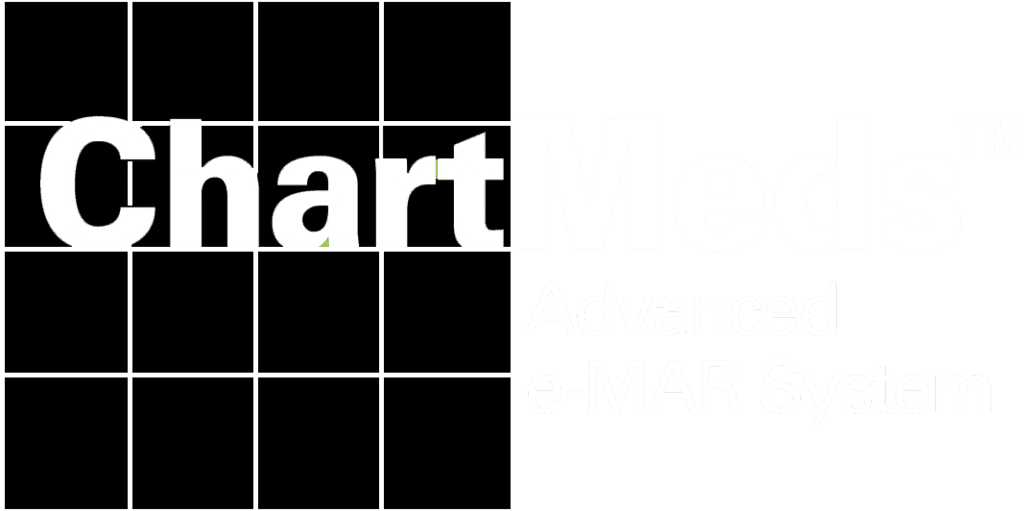In the complex landscape of public health, the ability to seamlessly exchange information between systems is crucial. At the heart of this efficiency lies the concept of data interoperability. In simple terms, data interoperability refers to the seamless sharing and exchange of data between different systems.
In this exploration, we will dive into the significance of data interoperability in public health and how systems like the Virtual Health Network (VHN) play a pivotal role.
Understanding Data Interoperability
Core Concepts
Data interoperability is not just a technical term; it’s a solution to a longstanding challenge. At its core, it involves ensuring that diverse health systems can understand, interpret, and use data consistently. This includes adopting standardized formats and communication protocols to facilitate this harmonious data exchange.
Types of Data in Public Health
Public health data encompasses a spectrum, ranging from patient records and laboratory results to population health statistics. Achieving interoperability means addressing the intricacies of these diverse data types, ensuring that they flow seamlessly between systems without loss or distortion.
Challenges in Public Health Data Exchange
The journey towards data interoperability is not without hurdles. Challenges include varying data standards, disparate system architectures, and the need for secure and privacy-respecting data exchange. These obstacles must be addressed to fully unlock the potential of interconnected health systems.
VHN (Virtual Health Network)
Introduction to VHN
Enter VHN, a game-changer in the realm of data interoperability. The Virtual Health Network serves as a connective tissue, seamlessly linking disparate health systems. Its role extends beyond mere data exchange, fostering collaboration and efficiency in public health operations.
Features and Capabilities
VHN boasts features designed to tackle the challenges of data interoperability head-on. From standardized data formats to robust communication protocols, VHN is engineered to be a reliable and efficient solution for public health organizations seeking seamless information flow.
Benefits of Data Interoperability in Public Health
Improved Patient Care
Picture a scenario where a patient’s medical history seamlessly travels with them across different healthcare providers. This not only streamlines the care process but also enhances treatment outcomes. Data interoperability ensures that no critical information gets lost in the shuffle.
Public Health Surveillance
In the realm of disease monitoring, time is of the essence. Interoperable systems enable real-time sharing of health data, allowing for swift responses to emerging public health threats. Surveillance becomes proactive, contributing to more effective preventive measures.
Streamlined Administrative Processes
Efficiency in public health administration is not a luxury but a necessity. Interoperability reduces the administrative burden, enabling organizations to allocate resources more effectively. From resource planning to budgeting, the impact is substantial.
Implementing Data Interoperability in Public Health
Collaboration among Stakeholders
Achieving data interoperability requires a collective effort. Collaboration among healthcare providers, government agencies, and technology vendors is essential. The synergy of these stakeholders ensures a holistic approach to information exchange.
Standards and Protocols
To speak a common language, there must be agreed-upon standards and protocols. Embracing standardized data formats and communication protocols ensures that interoperability is not just a goal but a sustainable practice.
Privacy and Security Considerations
In the interconnected world of healthcare, data security and patient privacy are paramount. It is essential to ensure secure handling of sensitive data while implementing data interoperability to earn patients’ and stakeholders’ trust.
Future Trends in Data Interoperability
Emerging Technologies
The future of data interoperability is shaped by emerging technologies. From blockchain to advanced AI, these innovations hold the promise of further enhancing the seamless exchange of health information.
Policy Developments
As technology evolves, so do regulations. Keep an eye on policy developments that may influence how data interoperability is governed. Adapting to these changes ensures that your public health systems remain compliant and effective.
Navigating the Future of Public Health
In the intricate landscape of public health, the journey towards seamless information flow is not just an aspiration but a necessity. Data interoperability, fueled by solutions like VHN, transcends technicalities to empower healthcare organizations. It’s not just about sharing data; it’s about improving patient care, strengthening surveillance, and streamlining administrative processes. As we embark on this evolution, embracing collaboration, standards, and security measures will be the compass guiding us toward a healthier future.
Unlock the full potential of your public health systems. Reach out today to explore how data interoperability can elevate your organization, improve patient outcomes, and contribute to a healthier society. The future of public health is interconnected, and the time to act is now.









